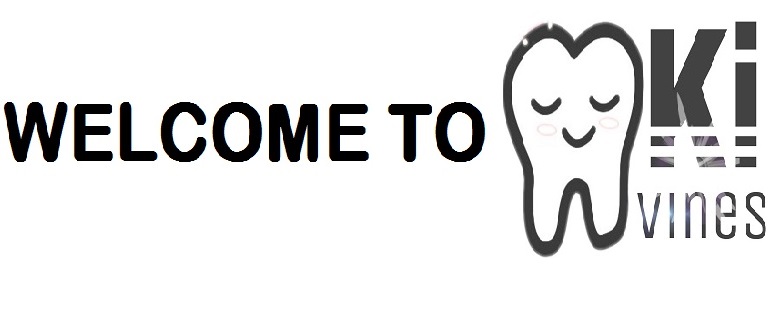SEDATION IN CHILDREN
NITROUS OXIDE (N2O) AS CONSCIOUS SEDATION
- Route - Inhalation
- Dose - 40% N2O +60% O2
- It causes DIFFUSION HYPOXIA when sedation is reversed at the end of procedure. This can be prevented by maintaining 100% oxygen for 5-10 min. after sedation procedure.
- 5-25% N2O : Modern Sedation, Diminution of fear and anxiety, Marked Relaxation.
- 25-45% N2O : Dissociation Sedation and analgesia, Floating Sensation, Reducing blink rate, Euphoric state (laughing gas).
- 45-65% N2O: Total Anaesthesia, Analgesia, Amnesia (AAA)
- ContraIndication of N2O: COPD, Asthma, Resiratory infections, Sickle Cell Anemia, Otitis Media, Epilepsy.
SIDE EFFECTS OF OTHER SEDATIVES IN CHILDREN
- Barbituarates
-PARADOXICAL HYPER EXCITABILITY than sedation in some children.
- Ketamine
-Route- IM, DISSOCIATIVE type of anesthesia.
- Promethazine
-Route- Oral , used with caution in child with SLEEP APNEA or family history of SUDDEN INFANT DEATH SYNDROME (SIDS)
- Chlorpromazine
- Used in combination with Mepridine and promethazine (LYTIC COCKTAIL)
- Diazepam -THROMBOPHLEBITIS , ATAXIA
- Midazolam -Dose:Oral: 0.25-1 mg/kg, Max. 20mg; IM: 0.1-0.15 mg/kg, Max. 10mg; Syrup: 2mg/ml; Injectable: 1mg/ml & 5mg/ml vials
-RESPIRATORY DEPRESSION


No comments:
Post a Comment